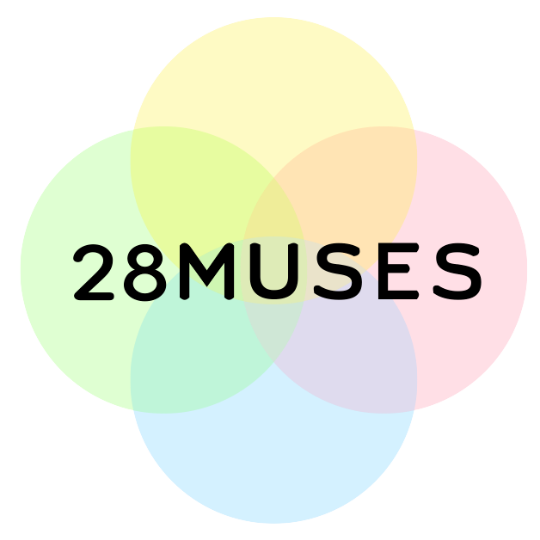
Resilience through Chinese Calligraphy
Virtual creative workshop for culture and DE&I
Great for teams of any size | 60-90min | Minimum $1000
-
In China, only 2 arts are considered fine arts - painting and calligraphy - and calligraphy is considered the greater of the two. Early drawings of characters on oracle bones date back over 3,000 years during the Shang Dynasty and modern Chinese characters were codified during the Han Dynasty around 1,800 years ago.
How many Chinese characters are there? The biggest dictionary in China has around 60,000 characters; the standard computer code in China has 70,000 characters while the largest compilation of characters in China ever had 106,230 characters. The Chinese government simplified characters in the 1950s to increase literacy rates and today you can be fluent in Chinese if you know around 2000-3000 characters.
-
When we see an unfamiliar name, we ask people how to pronounce it so we don’t get it wrong, but we rarely go a step beyond and ask them what their name means.
Outcomes of this creative learning and DE&I workshop includes self-awareness, stronger self identify, confidence, and better understanding of other’s identity on the team. And some elementary understanding of Chinese and how to say and write a few characters.
-
In this virtual workshop we explore resilience through the transformational power of Chinese Calligraphy. The evolution of Chinese Calligraphy from drawings to pictographs to modern characters is a story of innovation and resilience, and shows that our identity can keep evolving. Everyone will invent a new Chinese character that represent the things that bring them joy and walk away rejuvenated. This perfect is perfect for DEI initiatives and celebrations for Chinese New Year/Spring Festival, AAPI awareness, or Mid-Autumn Festival.
-
Has your name influenced your identity and how you view yourself? First, we start with an ice breaker where everyone shares the meaning of their name and what their parents told them about who and why they chose that name.
Then we go over an overview of Chinese Calligraphy, its history, ties to Chinese culture, and depending on the Chinese holiday we are celebrating, some themes related to that holiday. For example, for Lunar New Year, we will also look at some spring festival couplet poems.
Then we will use the Piccles digital drawing tool where everyone will draw 3-5 things that they love and represent them now. It’s always fun guess who drew what and a time of getting to know each other better.
Lastly, everyone will combine those 3-5 elements and invent a Chinese character that represents them. It’s not about making it look Chinese, creativity is about original thought and using everyone’s unique expression to build authentic connection.
-
Jing Wang Herman, Chinese Calligraphy Cultivator
Jing Wang Herman is the Co-founder of 28Muses. She grew up in Beijing where she practiced Chinese Calligraphy and traditional Chinese ink paintings on rice paper (this is a photo from when she was 6 years old). Previously Jing was named Forbes 30 Under 30 during her 8 years at JPMorgan in investment banking and corporate strategy and was the US CEO of an international tech unicorn.
-
The mission of 28Muses is to cultivate creative power through wonder and play to build the 4 pillars of highly performing teams: culture, DE&I, innovation, and wellness.
The secrete sauce to every 28Muses event is unique human expression contained in a safe space where everyone feels seen and heard.
By design, everyone’s work will turn out different allowing each person’s unique lens and personality to shine through.
When team members share how they see and interpret things differently and how they approached the task at hand, it results in true empathy and an authentic lasting connection.

Chinese Calligraphy is perfect for virtual Lunar New Year and AAPI team building, DE&I or ERG workshops, and exercises for creativity and innovation.
Choose 3 complementary activities for a retreat or quarterly plan










